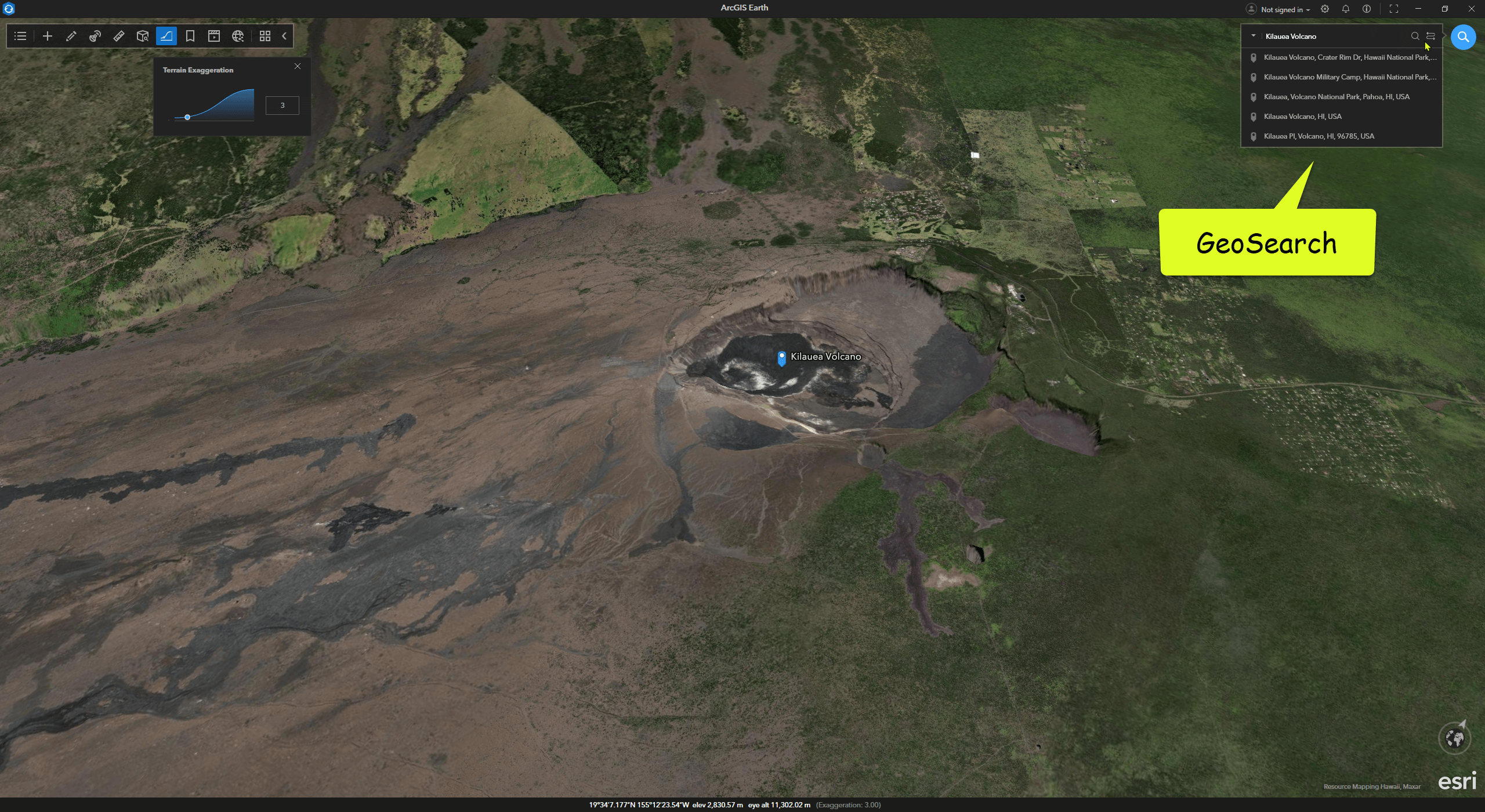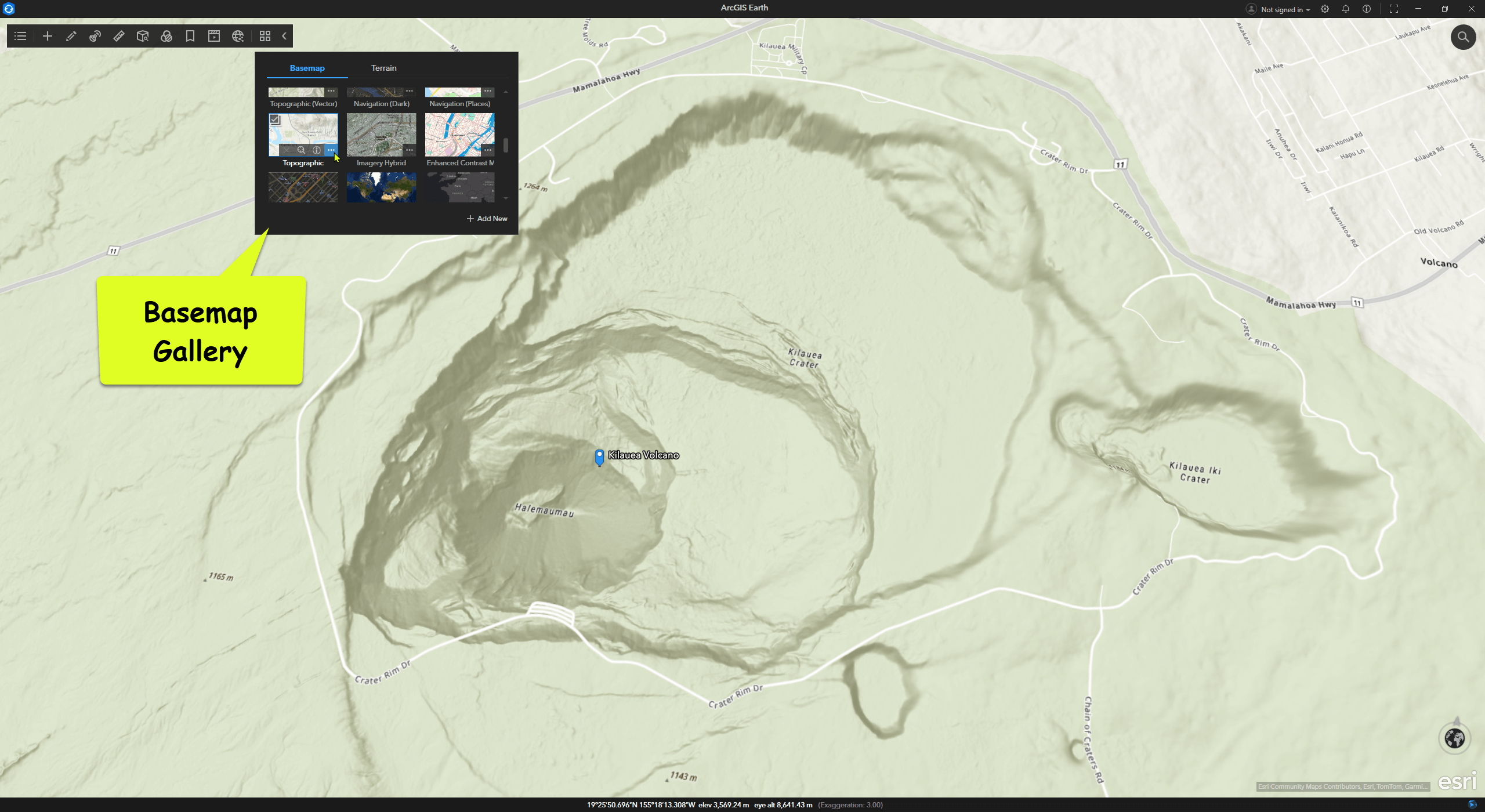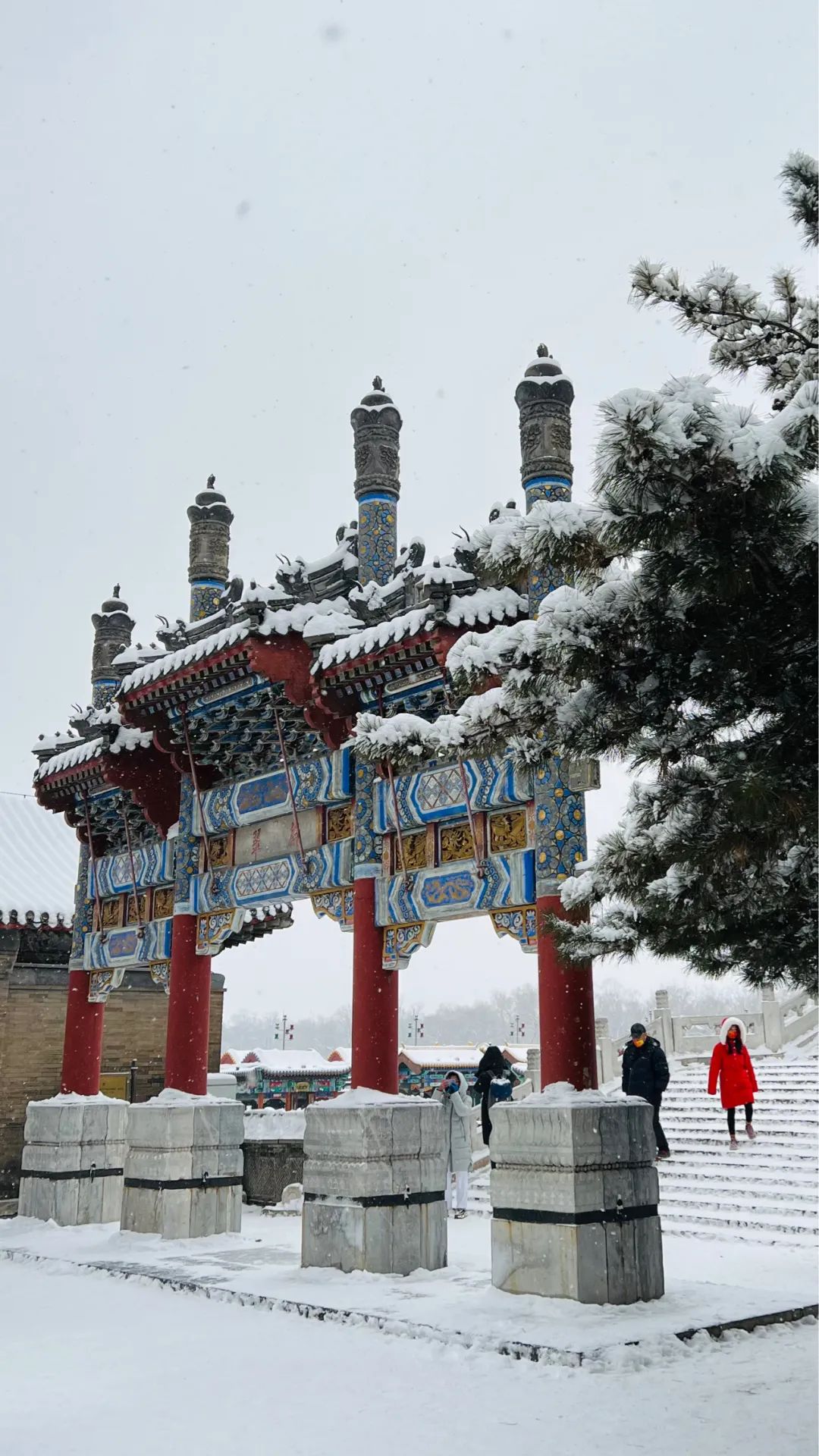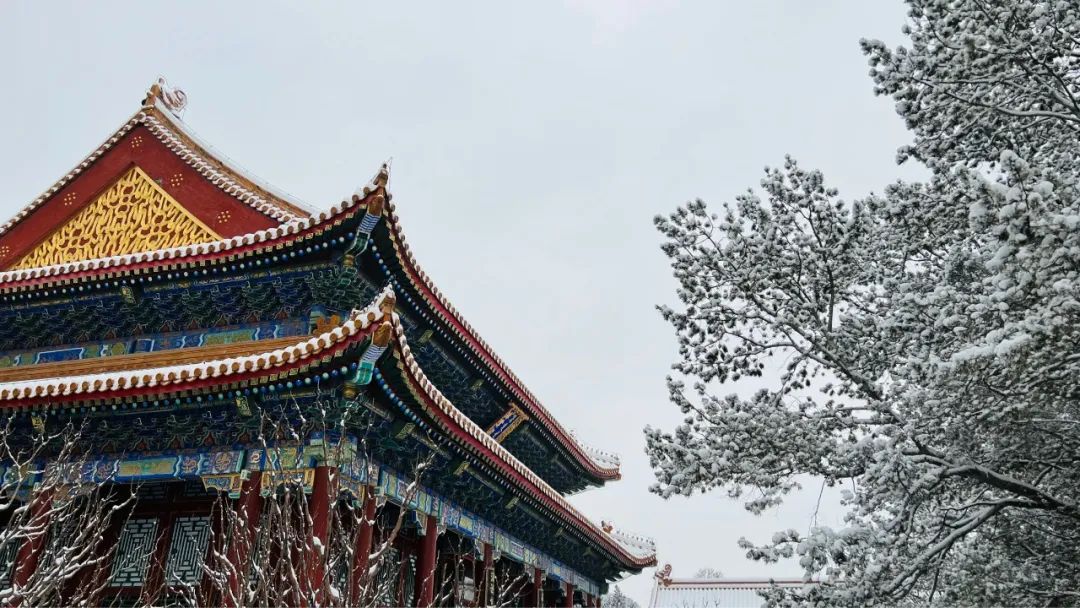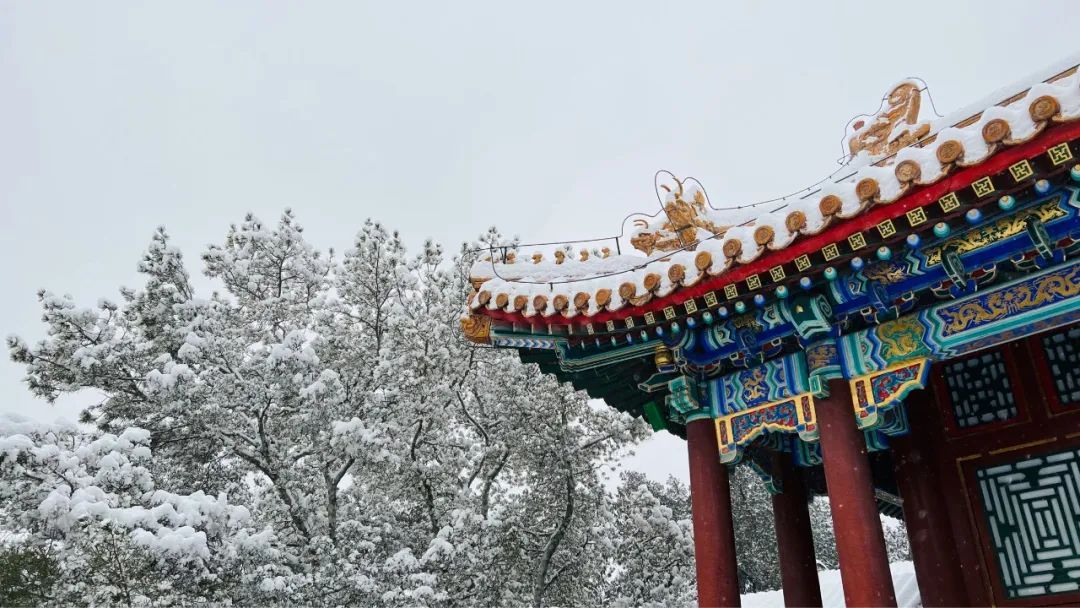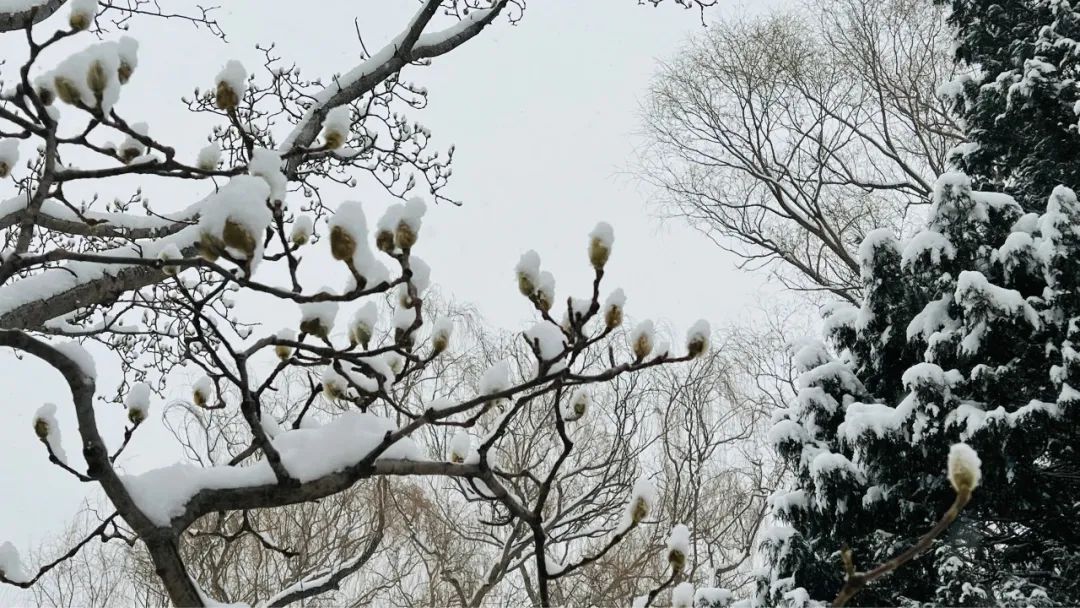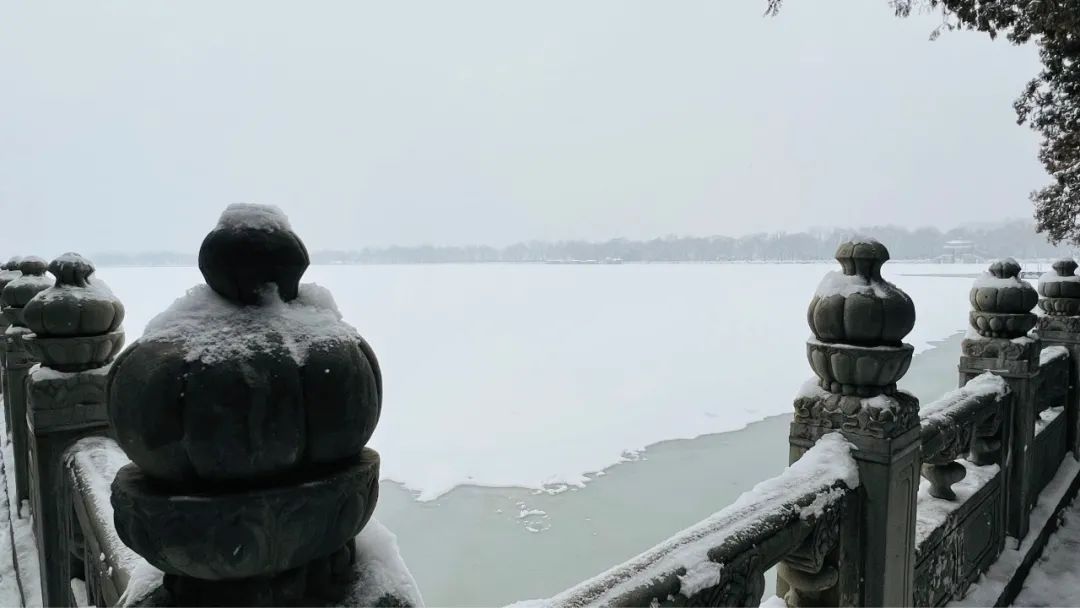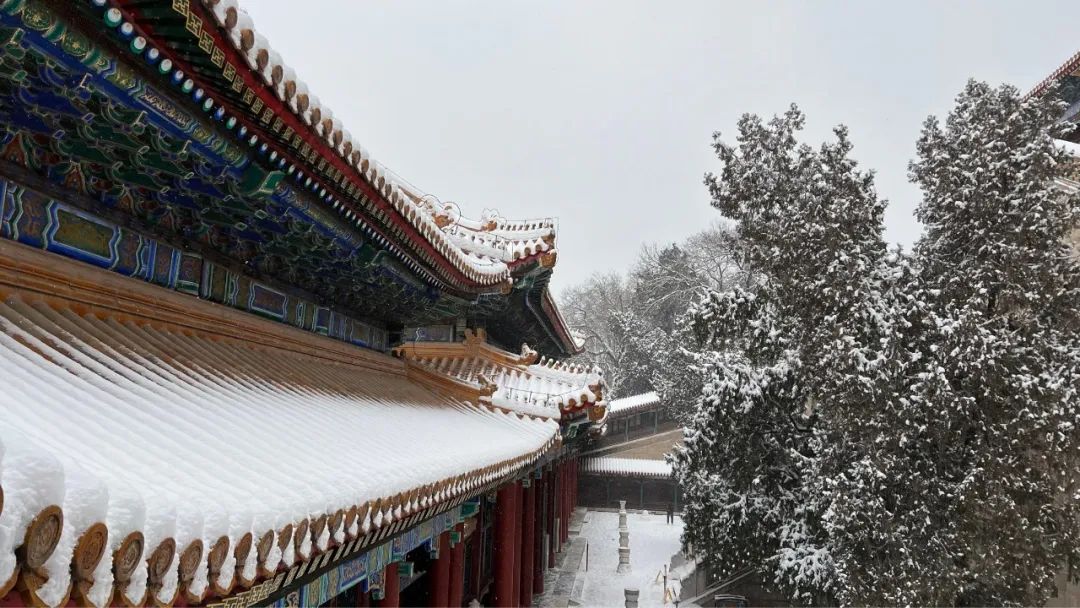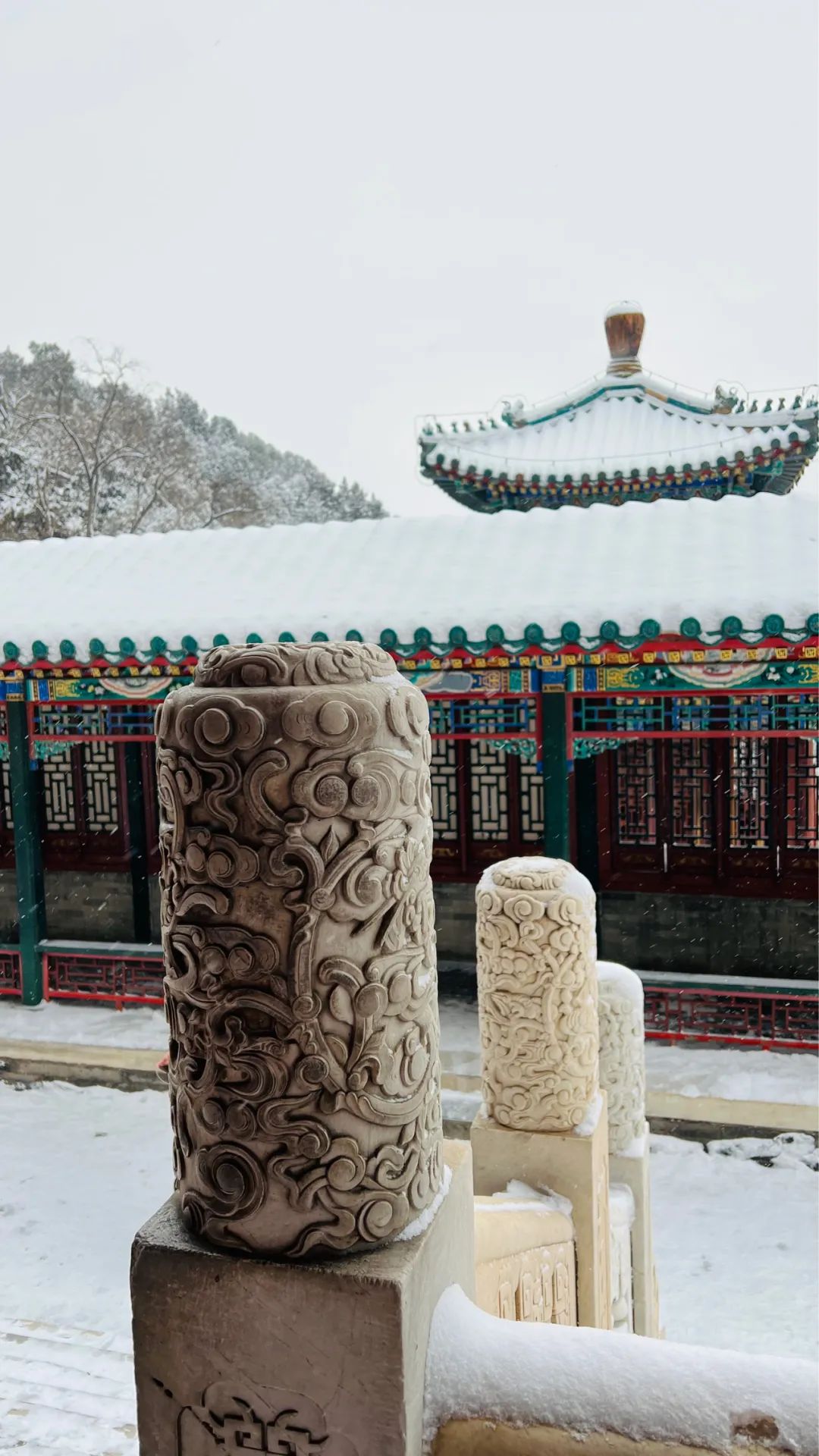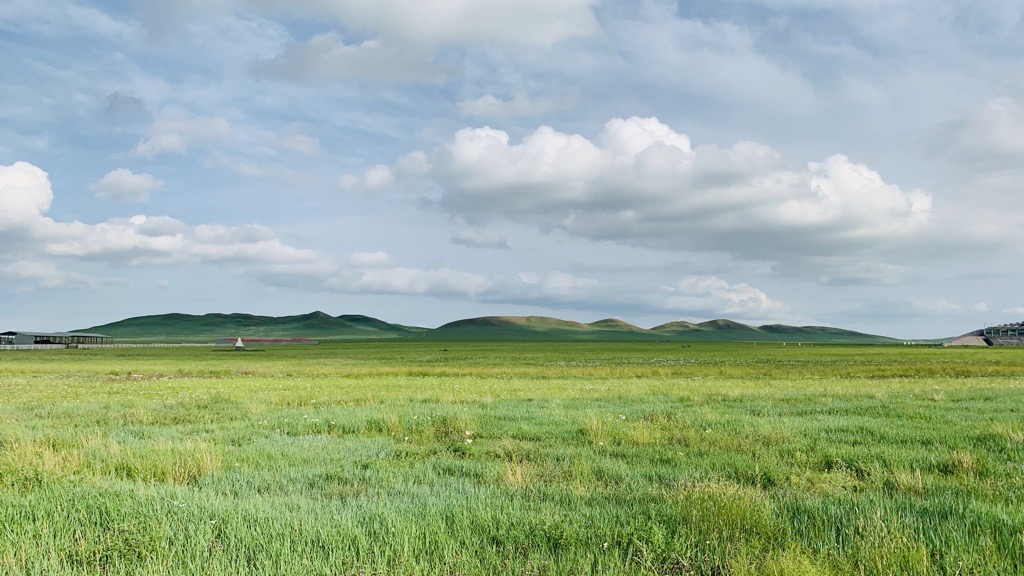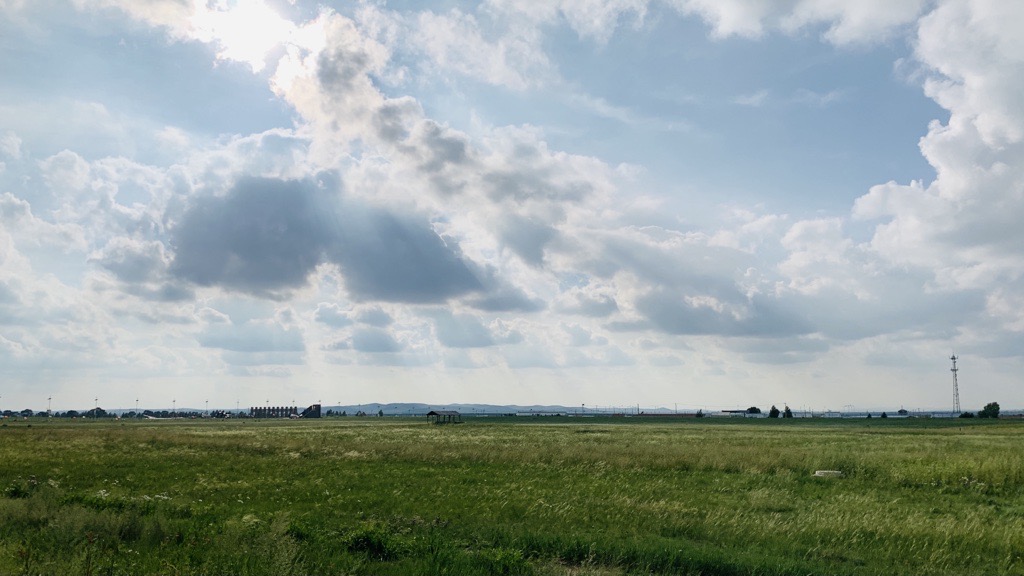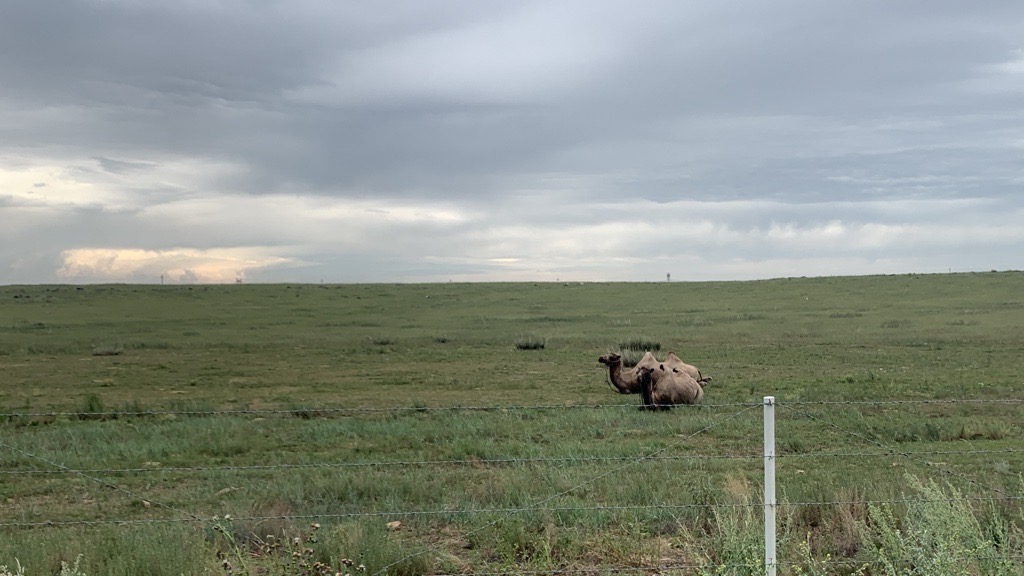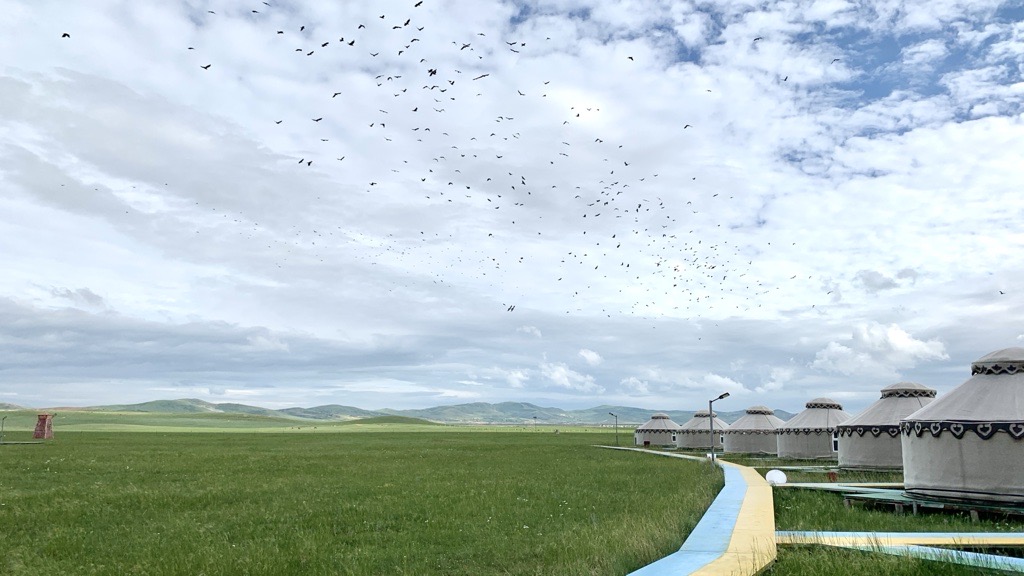Exploring the Footprints of BBC Documentaries in ArcGIS Earth
The BBC’s documentaries are almost all masterpieces, and of course, I am an avid fan—especially of the Planet series. The wallpaper-grade visuals and the narration full of memorable quotes bring brilliance to days spent indoors.
In early 2021, the BBC released A Perfect Planet, a documentary that took four years to produce. Filmed across six continents and 31 countries, it spans four episodes, illustrating the wondrous forces shaping Earth—volcanoes, the sun, weather, and the ocean—while maintaining its delicate balance. The final segment examines humanity’s impact on our planet.
My child was particularly curious, repeatedly asking me where these filming locations were. That’s also the question I wanted to explore, so I decided to dive deeper. This article focuses on the filming locations featured in the first episode, Volcanoes, exploring the terrains and landscapes together. If you have a projector and a blank wall at home, the immersive effect is even better.
Across Earth’s surface, there are more than 1,500 active volcanoes. Without volcanoes, Earth wouldn’t have oceans, land, an atmosphere, or even life itself.
01 Kilauea Volcano
Accompanied by the spectacular eruption footage and Sir David Attenborough’s familiar voice, the journey begins with Kilauea Volcano in Hawaii, one of the most active and massive volcanoes in the world.
Finding this volcano’s location is simple, but if you want to view it from a “God’s eye view” or a “drone perspective,” ArcGIS Earth is an excellent choice. It’s free to download, beginner-friendly, and even suitable for kids.
ArcGIS Earth provides high-resolution global basemaps and includes global elevation services to support realistic terrain visualization. Its GeoSearch feature allows you to type in a location name and fly directly to the recommended spot. By adjusting terrain exaggeration, you can enhance the contrast of terrain undulations to closely study the shape of the crater.
When my child asked where the volcano is, exploring the 3D map made it easier to explain terms like Hawaii, Pacific Ocean, archipelago, southeastern region, and crater. Switching between basemaps offers diverse views of the terrain.
